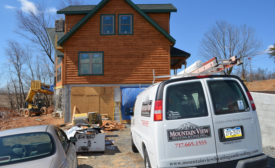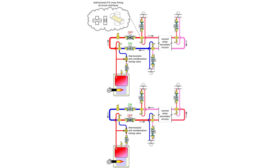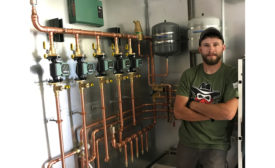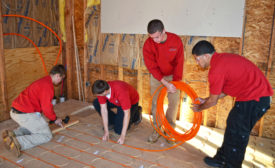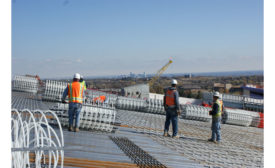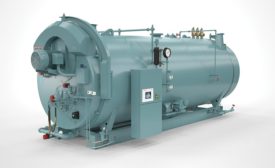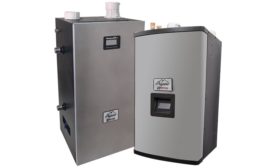Boilers and Hydronics
HVAC Contractors Implement Comfort and Efficiency in Schools
Four projects earn high marks when it comes to meeting classroom comfort and efficiency goals
Read More
HVAC Boilers Continue to Find Their Niche
Hydronics contractors exude an unparalleled passion for their trade
Read More
Creating a Hands-on Hydronics Lab
Donated equipment offers students a high-tech experience
Read More
New Options Allow for Faster, More Accurate PEX Tubing Installations
Manufacturers offer products that trim time, improve accuracy
Read More
Getting the Most Out of HVAC Manufacturer Tech Support
It’s a two-way street when technicians contact a manufacturer’s adviser for assistance
Read More
Copyright ©2024. All Rights Reserved BNP Media.
Design, CMS, Hosting & Web Development :: ePublishing
